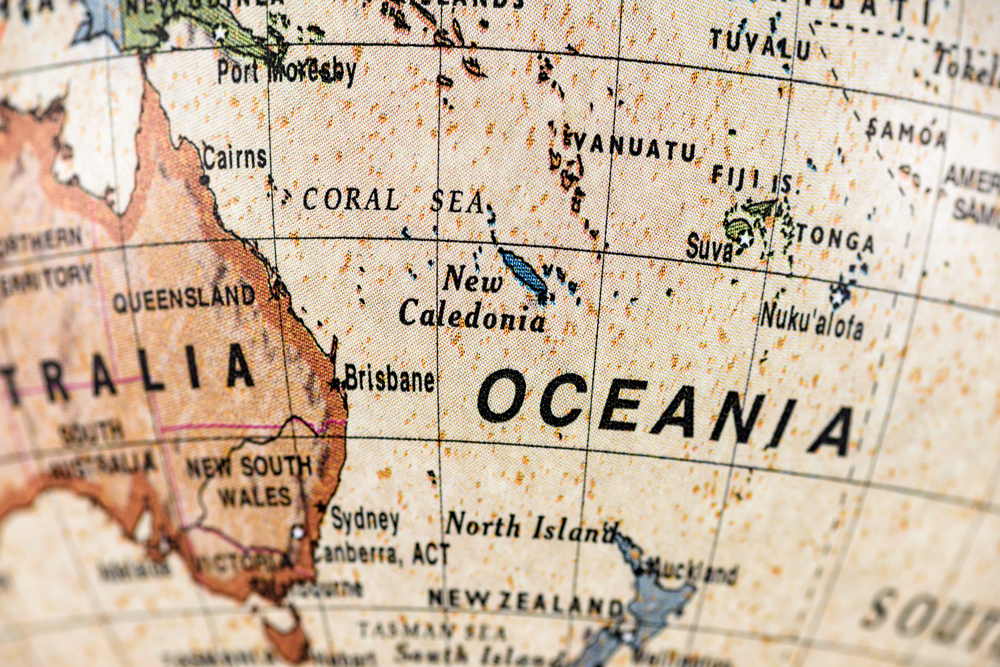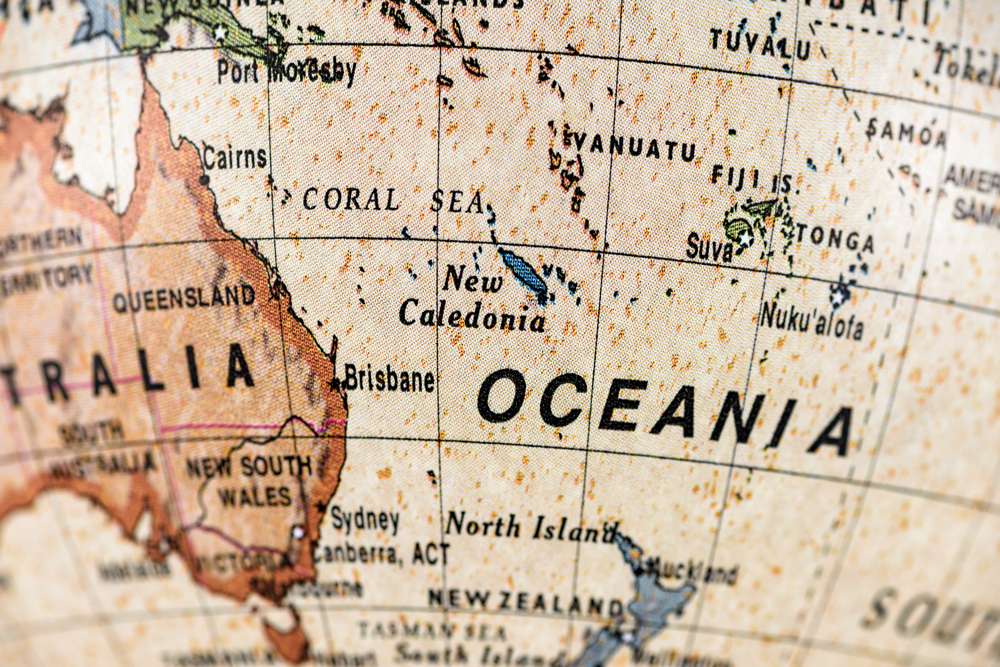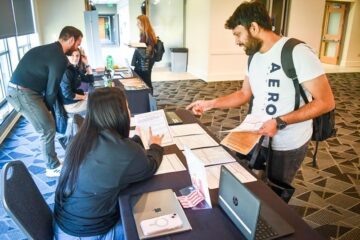By: Trevor Jones

An often overlooked facet of global economics is the functionality of island economies. I began exploring this in the wake of the Tonga volcano eruption in January 2022, when a massive eruption caused rampant flooding in the Pacific island nation. The publicity of this disaster led me to consider how the economies of Pacific islands work, given how they have seemingly little area or natural resources to build their wealth off of. With this article I aim to explore the broad components of island economies and compare them to our economy here in the United States.
Primarily, the biggest change on the surface is the ideology behind these countries’ economies. Countries like Tonga or any other island in the Pacific are not focused on industrialization and development. Their primary and nearly sole focus is the safety, security, and subsistence – defined as “supporting oneself at a minimum” and generally referring to food production and growing your own crops to support yourself – of their citizens. Thus, the largest difference in these island cultures is that their system and their culture are built on fundamentals that are a world away from typical Western society. These fundamentals do not include military, healthcare, or their industry, like a typical non-island country. They instead care primarily about feeding their citizens and protecting their citizens from common natural disasters, like the Tonga eruption.
The focus on subsistence rather than industrialization can help explain why GDP per capita in these countries tends to be low – according to the World Bank website, the average GDP per capita of Pacific Island small states was $3,768.50 USD. The true “wealth” of these nations cannot be contained within these figures, because with their subsistence-based culture, food will go directly from the land to feed the people and is not calculated in GDP. In our society, where very few people grow food to support themselves, it’s hard to imagine not having to go to the grocery store or a restaurant to acquire food. But if you think about it, given how much money we spend on food, our society would lose a lot of its GDP if every single American had their food growing in their backyard or rooftop. The East West Center calls this idea “subsistence affluence” in Pacific Island Nations: How Viable are Their Economies?, and emphasizes how this principle demotivates development. This is simply because there isn’t a necessity to develop land when you depend on natural food resources and not industry for your survival.
Beyond the fundamental cultural differences of subsistence economics, most Pacific island countries rely on tourism, fisheries, and often specialized uses of abundant natural resources. For example, page 18 of Pacific Island Economies by James Mak, a professor of economics at the University of Hawaii-Manoa details the many uses of a coconut tree. Most of these small islands have access not just to resources like coconut trees, but often to more rare resources such as lumber, sugarcane, and precious metals (copper, nickel, and gold, to name a few).
Due to their fragile nature and limitations to diversification, these island economies are more vulnerable than most economies. Reasons for a downturn can vary from running out of resources to a drop in tourism fueled by an economic crisis halfway across the world. This volatility yields yet another explanation for low GDP per capita – without consistent economic expansion over many years, there’s no way that maintaining a large economy is possible.
Above all, looking at the Pacific Island countries through the lens of economics can help provide us with a perspective on our own economy and lifestyle. Where the United States values innovation and technology growth to expand our economy to be a world leader, these island countries have no such motives. They desire to expand their economies, but they are more concerned with the quality of life of their citizens rather than economic expansion. Both are valid ideologies to back, but it can provide a little bit of context to the idea of an economy in the abstract to see the differences between Pacific Island countries and our stereotypical 21st century industrialized economy.




